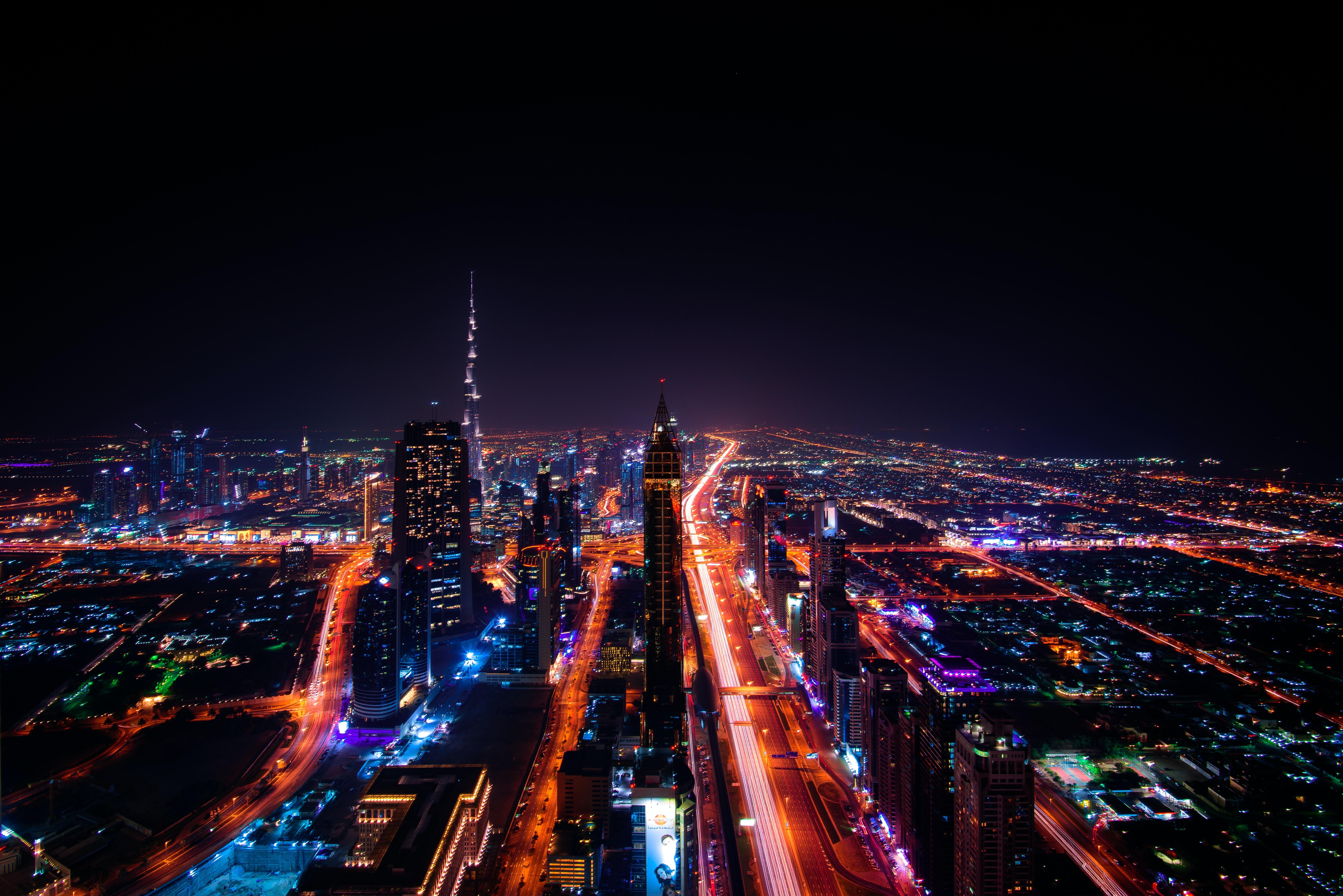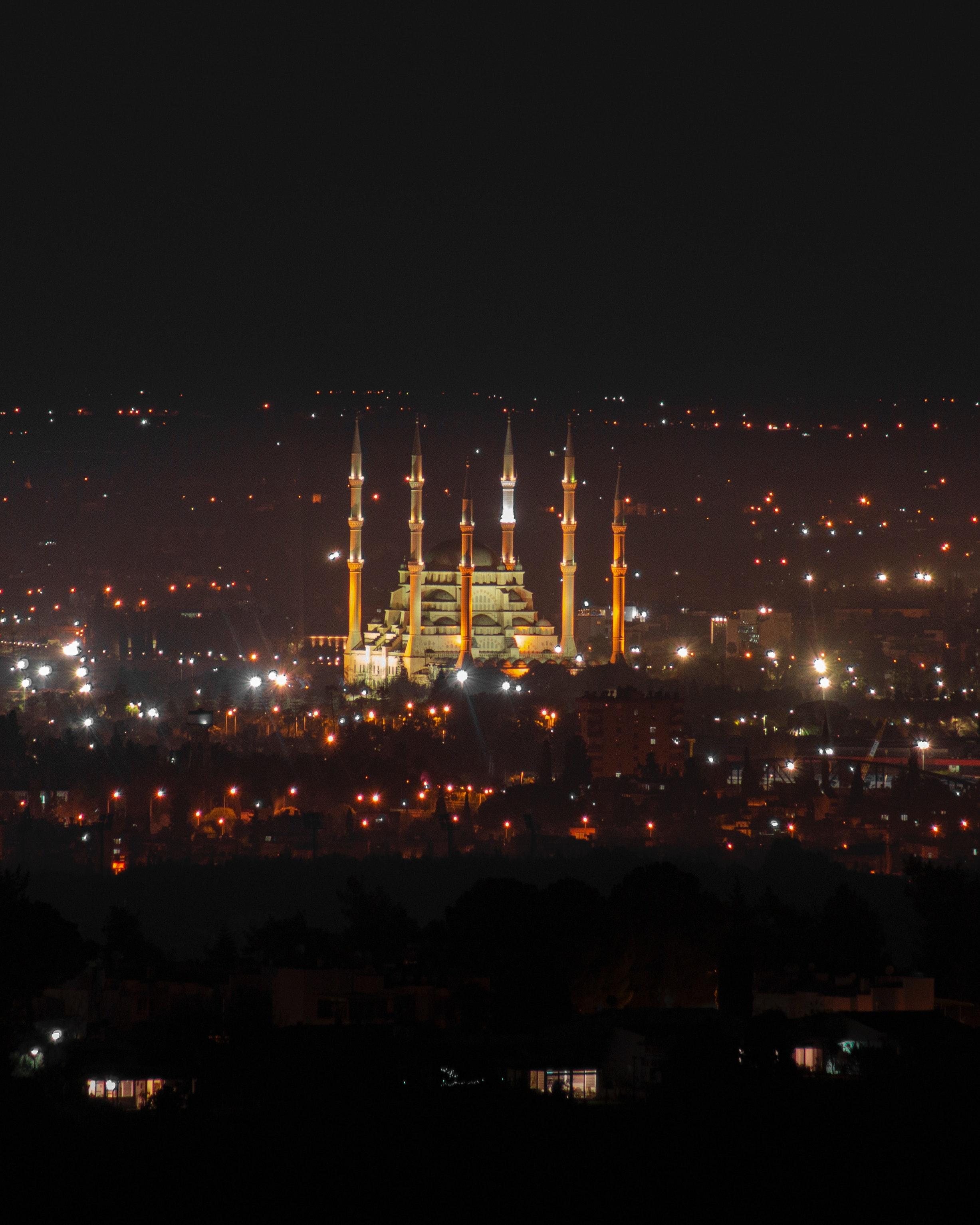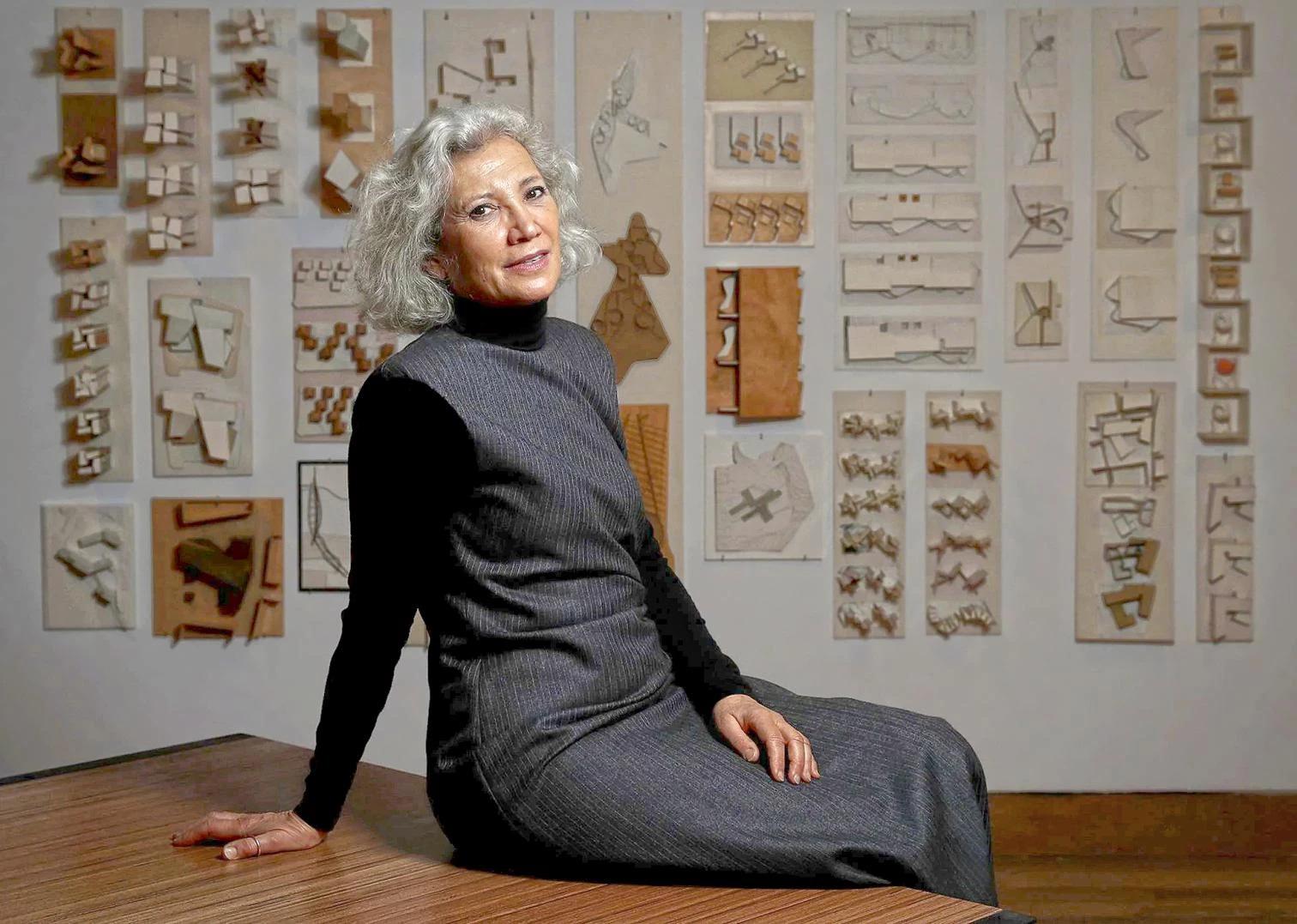Need For The Night Sky
- 22 Apr 2023
- By Deshal Shah

Lighting has become increasingly prevalent in modern times to ensure high levels of safety, advertisements, aesthetics etc. The widespread use of artificial lighting in residential, commercial, and industrial settings has resulted into the rising problem of light pollution which has numerous, far-reaching and adverse effects on both human beings and wildlife.
One of the most significant consequences of light pollution is the disruption of natural ecosystems. For many animals, such as birds and insects, the presence of artificial light can cause confusion and disorientation. This can disrupt their natural behaviors, such as mating and migration patterns, and can ultimately have a negative impact on their survival. In addition, artificial light can also interfere with the natural rhythms of plants and animals, including the timing of photosynthesis and other physiological processes.

Light pollution also has a significant impact on human health and wellbeing. This is because the human body has a natural circadian rhythm that is disrupted by exposure to artificial light at night, which can result in a range of negative health outcomes.
However, one cannot imagine architecture without its well-defined relationship with lighting. Le Corbusier summarized in his book Vers une Architecture, “Architecture is the masterly, correct and magnificent play of masses brought together in light.” It seems almost counterintuitive to take away one of the major components of architecture’s visual appeal. To address this issue, it is important for designers to take steps which reduces the use of artificial lighting, particularly at night, in order to protect both human health and the natural environment.

Minimize lit surfaces
Human eyes can handle extreme illumination difference- from sunlight to moonlight. Instead of floodlighting the entire walls, evaluate how much light is needed and highlight just a few details. Less is more!
Spectrum of light
Choose a light fixture which radiates ultra violet light or so on to avoid negative impact on wildlife. A dimmable light source is recommended in order to use the energy ergonomically by reducing brightness at certain time.
Direction
While illuminating an area, keep the spill to a minimum by placing the light sources inward. For example, a façade should be lightened up from top rather than below, to prevent light from intruding into the sky.
Re-establishing the night time darkness is fundamental and architecture is one significant tool to bring around this change in people’s daily life.
Recently Published
loves or pursues or

.jpg)







.jpg)